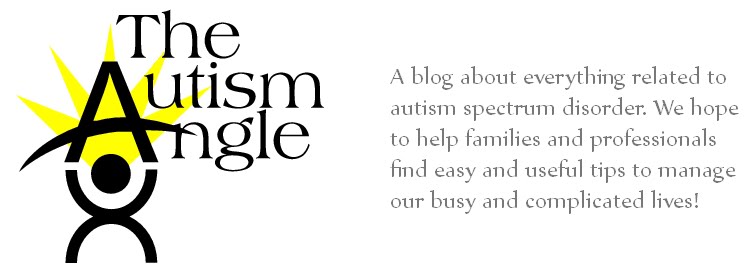This past fall I had the pleasure of attending a conference on ASD and Tony Attwood, a Clinical Psychologist who practices in Australia and works with many individuals with Asperger's Syndrome, was one of the key note speakers. He mentioned this book in his lecture and I knew that I had to get my hands on it. Asperger's and Girls is a book that is comprised of several articles written by experts in the field as well as several women authors who have Asperger's or ASD themselves.
The book covers many topics unique to females on the spectrum beginning with an article by Tony Attwood on the early signs that are often masked in girls. He makes the point that research shows that the ratio of females to males on the autism spectrum is 4 to 1, but in practice only 10 to 1 are identified. He comments that girls usually have a less severe expression of the disorder. For example,
- Girls tend to be less aggressive so may fly under the radar,
- Their peer group at this age tends to be more understanding & inclusive so they are less often left out,
- Many girls with Asperger's become excellent observers and can mimic the behavior of others
- Play in girls with Asperger's may seem more appropriate or closer to the mainstream of girls that age, such as an interest in dolls and animals.
He goes on say that superficially the play of girls with Asperger's may seem imaginative and flexible, but if you peel back the layers and look below the surface, you notice that it is often inflexible and scripted from events they've seen on t.v or in real life, for example.
We, as clinicians need to be sure to gather information from parents as well as to observe young girls in more than one environment, if necessary so that we do not miss the patterns of behavior that may at first appear creative and inventive. Tony Attwood is adamant about the need for a better understanding of the quantitative and qualitative differences in girls with Asperger's so that they will begin to be recognized and identified earlier and therefore receive the services they are entitled to.
Apart from the first article in the book, the other articles focus more on issues women with Asperger's encounter as they enter adolescence and beyond. Therefore, I would be cautious about recommending the book to parents of young girls who are identified at an earlier age as I think it would be a more appropriate resource for parents of girls who are entering puberty or moving into adulthood. The other articles included in the book are:
- "Asperger's Syndrome in Women: A Different Set of Challenges" by Catherine Faherty
- "Educating the Female Student with Asperger's" by Sheila Wagner
- "Girl to Girl: Advice on Friendship, Bullying, and Fitting In" by Lisa Iland
- "Preparing for Puberty and Beyond" by Mary Wrobel
- "The Launch: Negotiating the Transition from High School to the Great Beyond" by Teresa Bolick
- "Aspie Do's and Dont's: Dating, Relationships, and Marriage" by Jennifer McIlwee Myers
- "Maternal Instincts in Asperger's Syndrome" by Ruth Synder, and
- "For Me, A Good Career Gave Life Meaning" by Temple Grandin
I am so glad that a book like this is out there to help others understand the experiences of women with Asperger's. I plan to recommend this book to women on the spectrum in hopes that they can find common experiences from the stories these authors have shared and feel more of a sense of belonging. As professionals I think we have a responsibility to look differently at the issues of females on the spectrum and bring more attention and awareness to the presentation of symptoms and unique set of challenges they face!
- Molly


No comments:
Post a Comment